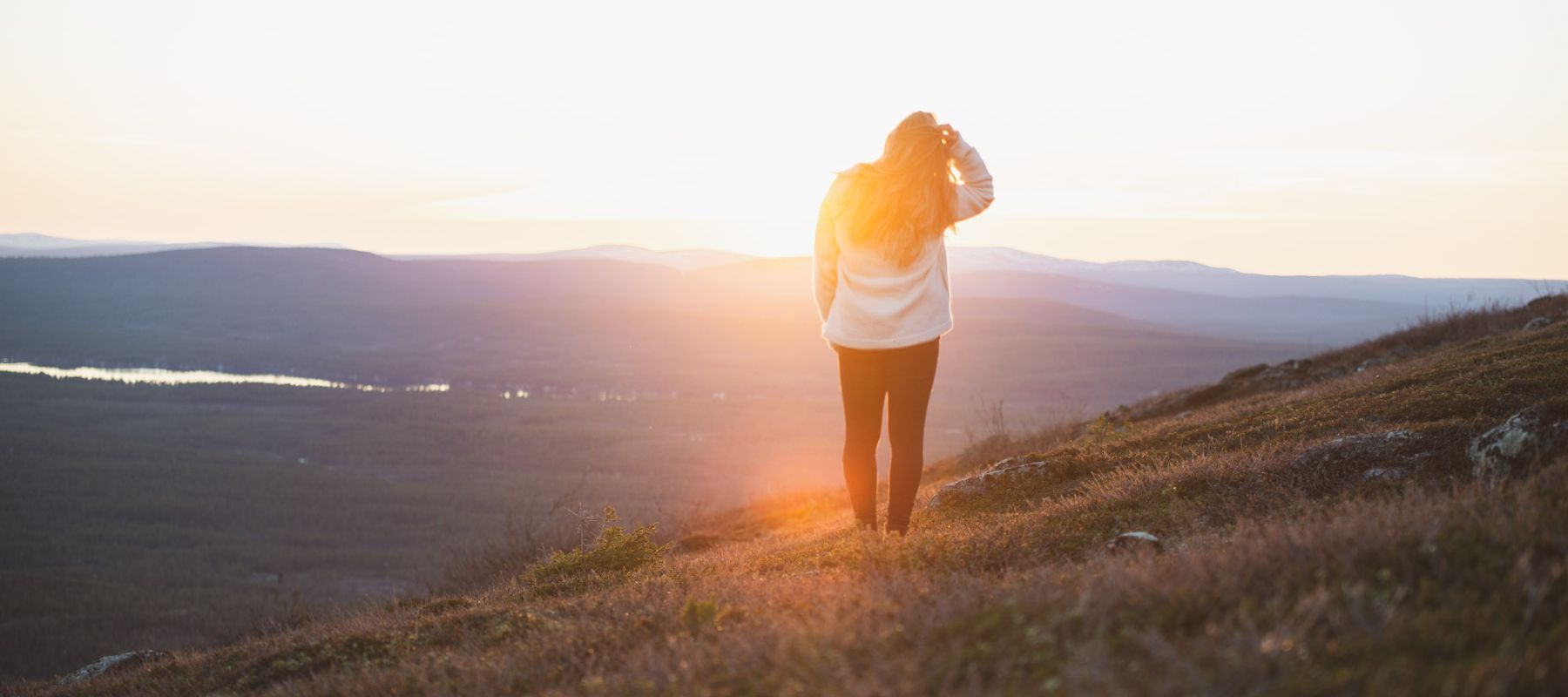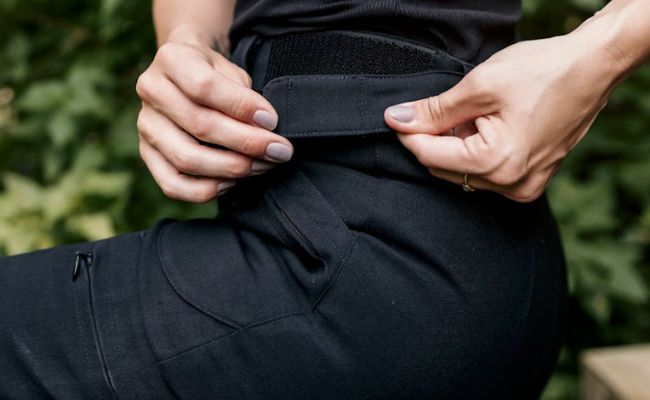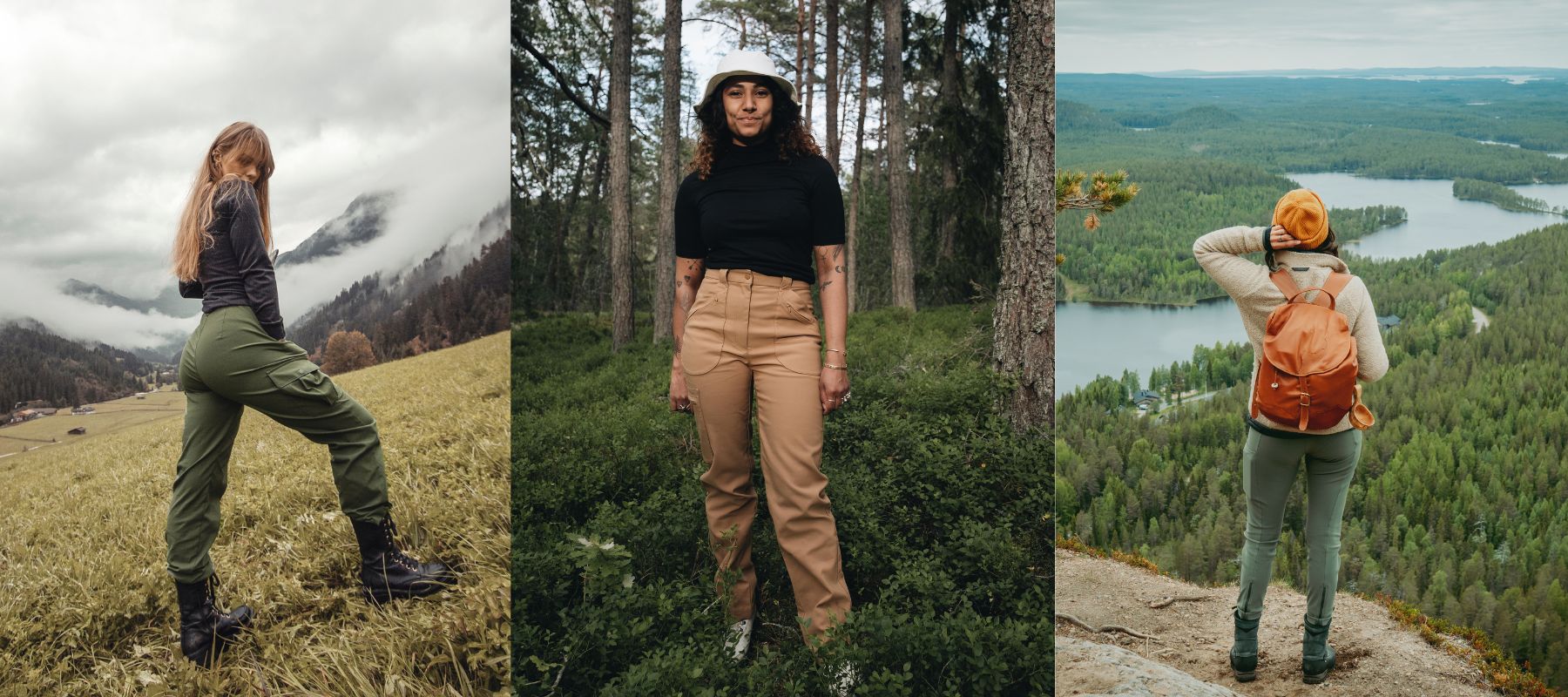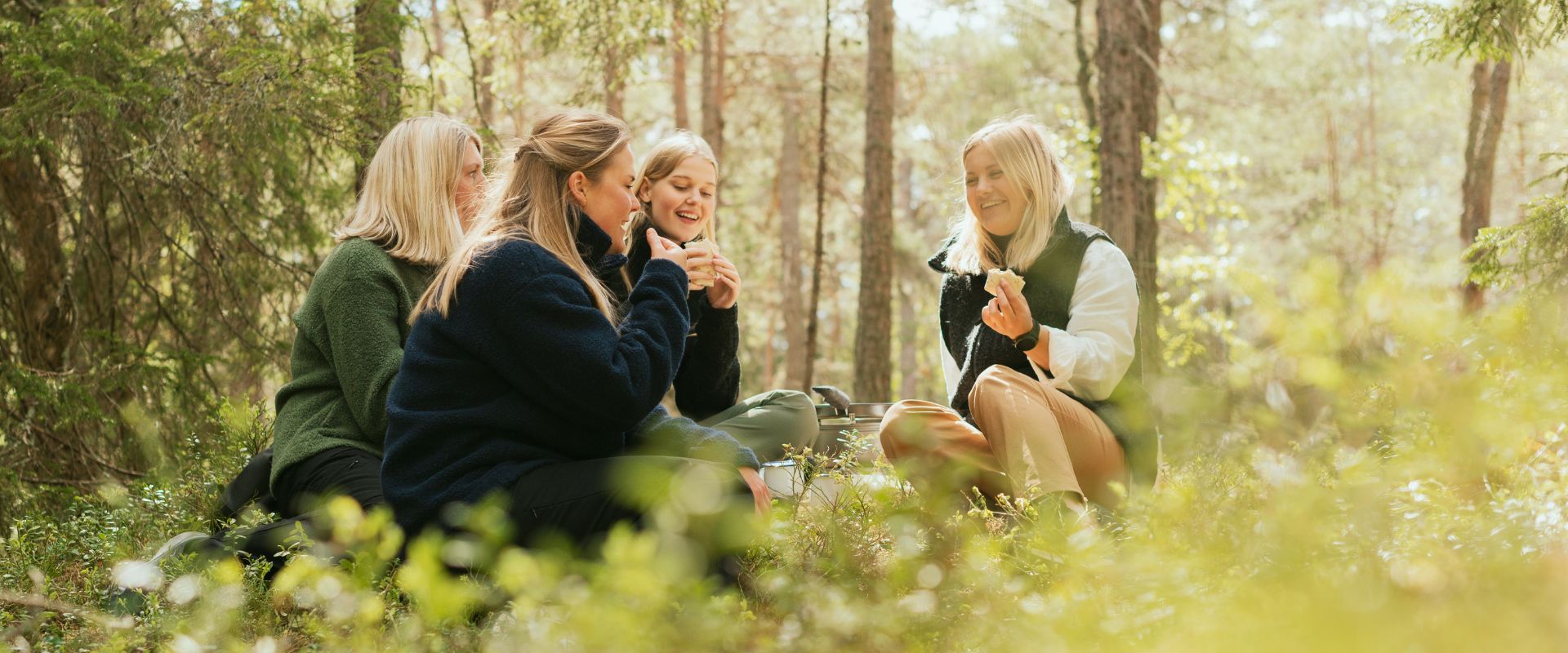
Packing List for Mountain Hiking
Before you embark on your summer mountain hiking, it's important to have a well-thought-out packing list, so that you can have a comfortable and safe experience in nature. Here are some tips and advice on what you should bring on your hike. You can use this as a base and then add your own must-haves.
How to pack your backpack for hiking
- Choose a backpack that is lightweight, fits your body, and has enough space for all your gear.
- Distribute the weight evenly and place heavier items closest to your back to avoid imbalance.
- Use packing or plastic bags to organize and protect your clothes and equipment from moisture.
- Bring a rain cover that can be pulled over and covers the entire backpack.

Equipment for hiking
- Sleeping bag: Choose a lightweight and compact sleeping bag that suits the climate you will be hiking in.
- Tent: A lightweight tent that can withstand wind and rain and that accommodates the people who will use it. Consider comfort versus weight. Do you want to bring a spacious tent that is heavier or is it okay to squeeze together?
- Inflatable sleeping pad: For extra comfort and insulation against the cold ground.
- Food and drinks: Plan and prepare meals that are high in energy. Preferably dried food, which is light and doesn’t take up a lot of space. Don’t forget snacks like nuts, dried fruit and bars either for in-between.
- Water and water filter: To be sure you can dehydrate on your hike. Look beforehand if you need to bring water or if you can refill along the way. And in case you can refill make a plan for when and where.
- Flashlight or headlamp: A trusty flashlight is important in order to navigate in the dark or in case you need emergency light.
- First aid kit: Pack a basic first aid kit with dressings, plaster and necessary medicine.
- Towel: To dry your hands, dishes or if you want to take a dip in a lake somewhere.
- Backpacking stove: A stove with a gas burner preferably. The cooking will be faster and the heat is more easily controlled.
- Gas: Bring so much that you know for sure you’ll not go empty. A tip is to weigh the gas can and then cook with it and weigh it again to know how much you use for a meal. You can do that a couple of times to get the feel for it. It’s also nice to know how much there’s left through weighing it and writing the weight on the can.
- Toilet paper and a small spade: For your toilet visits.
- Biodegradable soap: For yourself and your dishes or in case anything else needs to be cleaned. Don’t forget that soaps and such are not supposed to end up in the water, so wash it off over land.
- Toothbrush and toothpaste: Bring an almost empty toothpaste and if you really want to save all the weight possible you can even cut off the handle of your toothbrush.
- Sunscreen: Preferably SPF 50 (minimum 30) and water-resistant.
- Insect spray
- A really good book: Relax after a long day with your favorite book.

Clothes for hiking
When it comes to clothes for hikes or trekking it is important to choose clothes that are both functional and suitable for the mountain environment.
- Base layer in merino wool: Invest in a base layer in merino wool for your mountain hike. Merino wool is self regulating, breathes and reduces the risk of odor. Our Ingrid base layer in merino wool is a comfortable and suitable base layer.
- Hiking socks: Use socks that are in a sweat-wicking material, to keep your feet dry and avoid chafe. A lot of people use merino wool socks, specifically because of the qualities merino wool possesses, which are suitable for hiking and trekking. A tip is to use two pairs of socks, one thinner against your foot and then one a little thicker on top, to reduce the risk of chafe.
- Long sleeved shirt or thin fleece jacket: To protect yourself from the sun, insects and to keep you somewhat warm if needed. We highly recommend our Fredrika Linen Shirt or Ada Wool Fleece. If you want a thicker wool jacket which is going to keep you warm even better, then the Minna Wool Fleece is perfect!
- Hiking pants: Choose outdoor pants in stretchy material for optimal freedom of movement. Multiple pockets is practical in order to have things close by during the hike. Our Amelia Hiking Pants are optimal for this purpose.
- Shell clothes: A shell jacket is a must in order to protect yourself from wind and rain. Choose a light and waterproof jacket, which can easily be packed away when not needed. The best is if one can have both a wind jacket and a rain jacket. You can check out our Emma Shell jacket. It’s also a relief to be able to put rain pants over your water-resistant pants if it rains a lot.
- Shoes: A pair of shoes you like is a good start. It’s ideal to test the shoes with gear to see if it works for you or not. Most of the time it’s smart to go for hiking boots, which are created specially for hikes. They usually offer support, are waterproof and a bit taller than normal everyday shoes.
- Underwear in merino wool: It’s preferred, because it stays warmer than eg. cotton if wet. It’s also sweat-wicking and keeps odor away.
- Cap and sunglasses: Protect the head and eyes against the sun. An alternative is a bucket hat which also protects the neck.
- A warmer sweater/jacket: You often keep yourself warm enough through movement, but as soon as you take a break you start to feel yourself getting cold, especially when hiking a mountain. And we all know that at least the evenings can get really cold even after a warm day, that’s why it’s good to have a warm, extra layer, so you don’t have to freeze while making dinner or cozying in the tent. For that is our Minna wool fleece perfect!
- Bathing clothes: It is just the best feeling to go for a little swim in a cool stream when the sun shines all day and you’re carrying a heavy backpack. We recommend the Swedish brands Tumla and Asyoar.
- Hat and gloves: In case it actually gets cold on some days for your hike.

And most importantly: Good company. A hike is an adventure and a memorable experience to be shared together.




